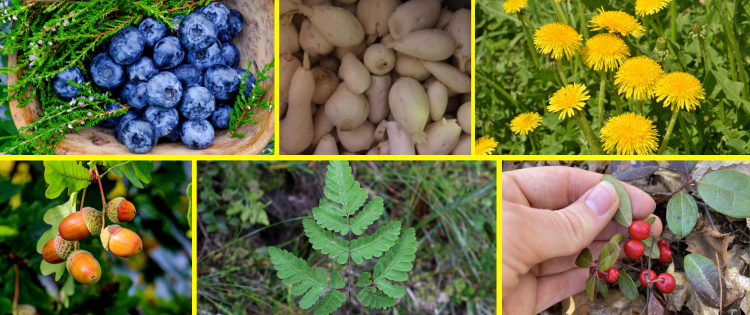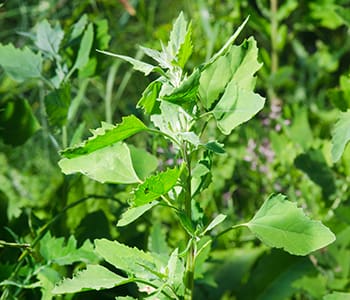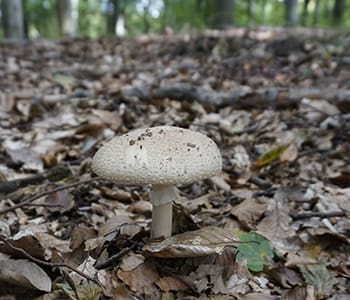The Great Depression made things really tough in the US from 1929 to 1941. Around 25% of people didn’t have enough food to eat, and they were very poor. Our grandparents often tell us how lucky we are compared to those times.
The rest of the people had to change what they ate and deal with limited food supplies. Only rich people could enjoy fancy meals, while regular folks didn’t have to wait in long lines for bread.
For the poorest folks, if it wasn’t for the smart immigrant groups who knew a lot about plants and what they could eat, and the Native Americans who knew how to find food in the wild, even more people would have been hungry.
Strangely, these groups, who already had a hard time being trusted in the US, were sometimes looked at with doubt for their life-saving food skills.
Tubers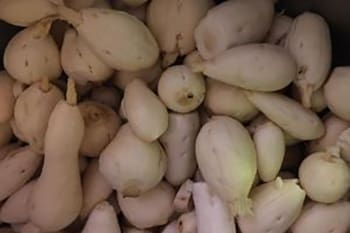
The Prairie Turnip, which is like a pea plant, was a really crucial food that the Native Americans showed the newcomers from the east how to use when they moved to the prairies.
Our grandparents found this starchy root again during the Great Depression. They would cook it by boiling and mashing it.
People also found and cooked the Jerusalem Artichoke, which is a kind of tuber, found in the middle of the country. They prepared it in a similar way, but sometimes they ate it without cooking it.
Lamb’s Quarters
During the Great Depression, there are stories of huge collections of Lamb’s Quarters. Normally, this plant was used as food for animals, but it’s like a super-healthy version of spinach, packed with vitamins. People gathered so much of it that they even filled their bathtubs with it to clean.
They used it in salads and side dishes and preserved it in cans to have during the winter. Even in the city, many people could find this valuable green full of minerals to collect when they didn’t have other options.
Purslane also grew in deserted places where most plants couldn’t survive. This low, spreading plant was rich in minerals too.
Dandelions
Dandelion leaves and roots were a good choice. 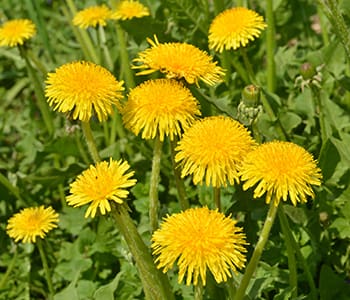 Italian immigrants mostly grew these strong and healthy greens. People would put them in salads or cook them in olive oil.
Italian immigrants mostly grew these strong and healthy greens. People would put them in salads or cook them in olive oil.
In the Great Depression, they dried the roots and boiled them to make a coffee-like drink or added them to soups for more nutrients. If you had some flour to make dandelion fritters using the flowers, you could have a three-part meal from this plant.
Acorns
In both the eastern and western parts of the country, acorns were a vital source of food for people who had stomach problems due to not getting enough to eat.
People would cook and dry these acorns to turn them into flour or boil them to make a kind of porridge.
If it weren’t for the Native Americans in the Pacific Northwest and some parts of the Northeast, folks might not have known how valuable acorns could be for food.
Mushrooms
Greek immigrants liked to go searching for wild mushrooms, and they showed others how to do it in damp, forested places.
These mushrooms were like magic because they could help people feel better during tough times. You could dry them and save them for later, and then cook them in different ways, like frying or mixing with potatoes.
People with ancestors from places near the Mediterranean knew about and used Chamomile during the Depression. It helped with tummy troubles, made stress go away, and helped with sleep. It was a bit tricky to find because it grew in warmer areas and higher places in the US.
Ferns
When early spring arrived, Fiddlehead Ferns popped up,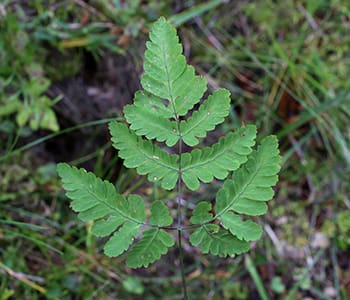 showing that winter was over and more food was available. These young fern heads grew in wet, thick, forested places, so people in the countryside could get them.
showing that winter was over and more food was available. These young fern heads grew in wet, thick, forested places, so people in the countryside could get them.
These ferns were full of good stuff for your body and made your tummy feel better. People added them to salads, soups, and even preserved them in cans.
Tumbleweeds
The worst poverty happened in the Midwest.
In the early 1930s, there was a drought, which created really dusty and dry conditions, especially in places like Kansas, Missouri, New Mexico, and parts of Oklahoma and Colorado. 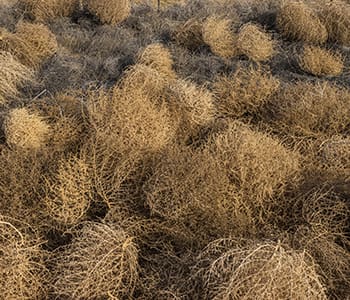 The droughts made it so that the plants that usually grew well couldn’t thrive.
The droughts made it so that the plants that usually grew well couldn’t thrive.
Farming was super tough, and people had to work with whatever they could find. Luckily, Russian immigrants had brought seeds of Russian Thistle, also known as tumbleweed, from what used to be called Russia and Eastern Europe.
It might sound strange, but our grandparents would chop up tumbleweeds and put them in salads or cook them in soups during the Great Depression. In the winter, they’d pickle and store tumbleweeds to get important nutrients.
Wild Huckleberries
Huckleberries grow well in places that have had fires.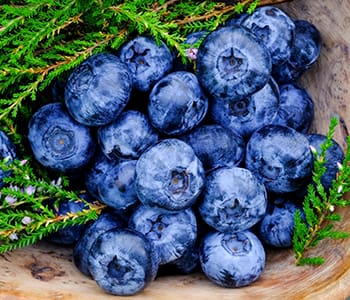
In 1928, which was eighteen years after a big fire called the Great Burn of 1910 in the Pacific Northwest, huckleberries started to thrive. This was good timing because by 1930, the government built roads to make it easier for people to pick berries and create jobs.
During the Great Depression, huckleberries became a really important crop and source of food. In an area called the Noxon District and nearby places, workers collected more than fifty thousand gallons of huckleberries by 1933.
Especially in the Pacific Northwest, families would search for wild blackberries and raspberries when they were lucky enough to find them. These berries were precious. In the Northeast, especially along the coast, people would gather cranberries in places that weren’t commercial farms.
When things get tough, it makes people come up with clever and creative ideas. Even though it was really tough for many, the smart ways our grandparents used to handle problems are really, really important.
We might run out of things or the weather might change, but the plants around us are still here to help. They give us lots of good nutrition and can be used for all sorts of other things, which makes them really valuable.
You may also like:
Wild Edibles You Should Forage This Fall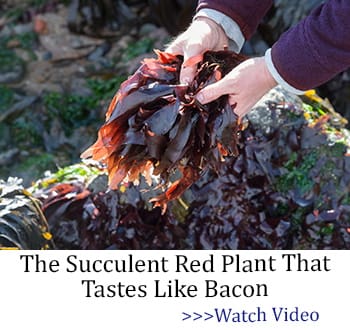
What Every Survivalist Should Grow in His Backyard (Video)
20+ Must-Have Seeds For The Upcoming Crisis
